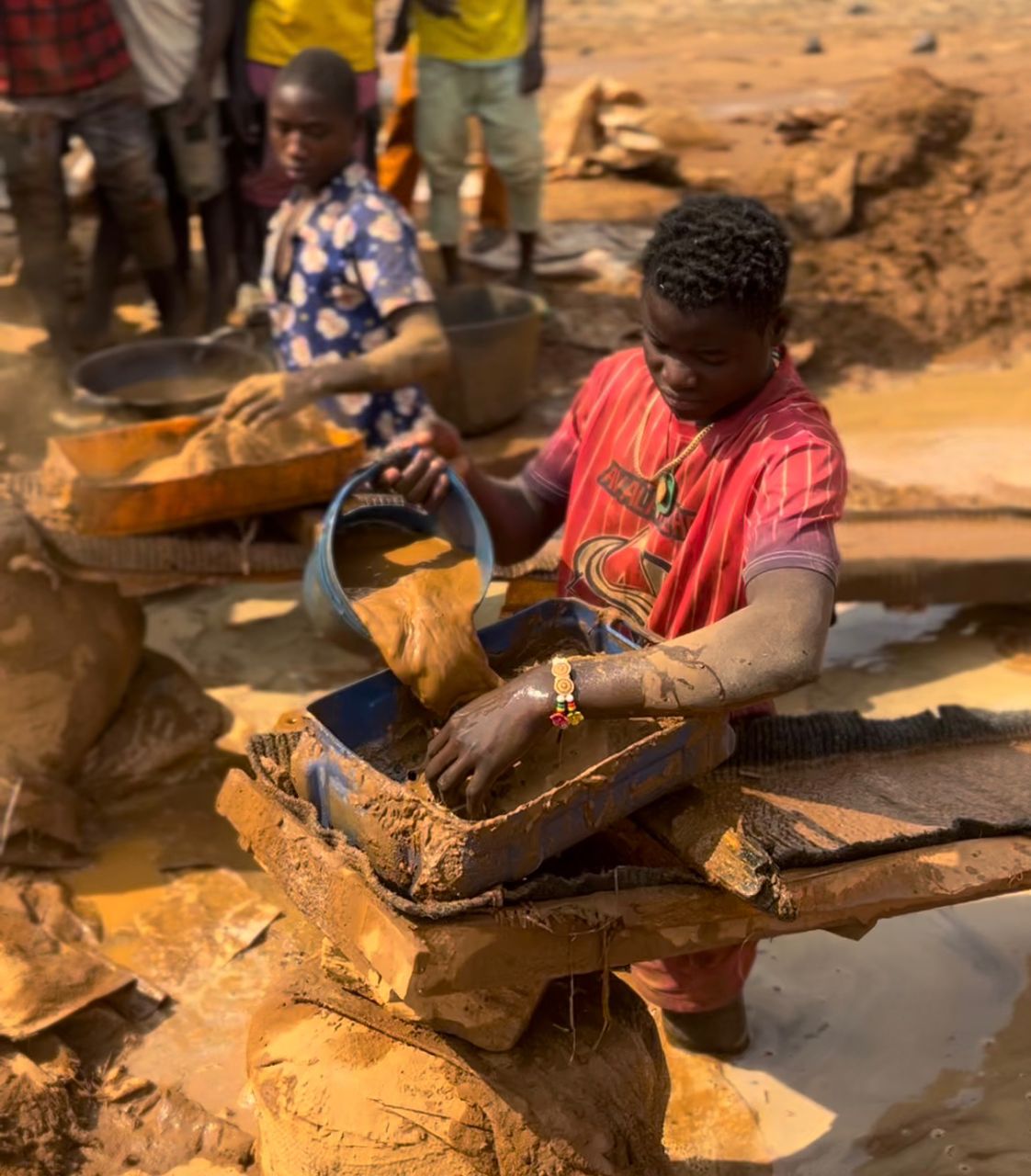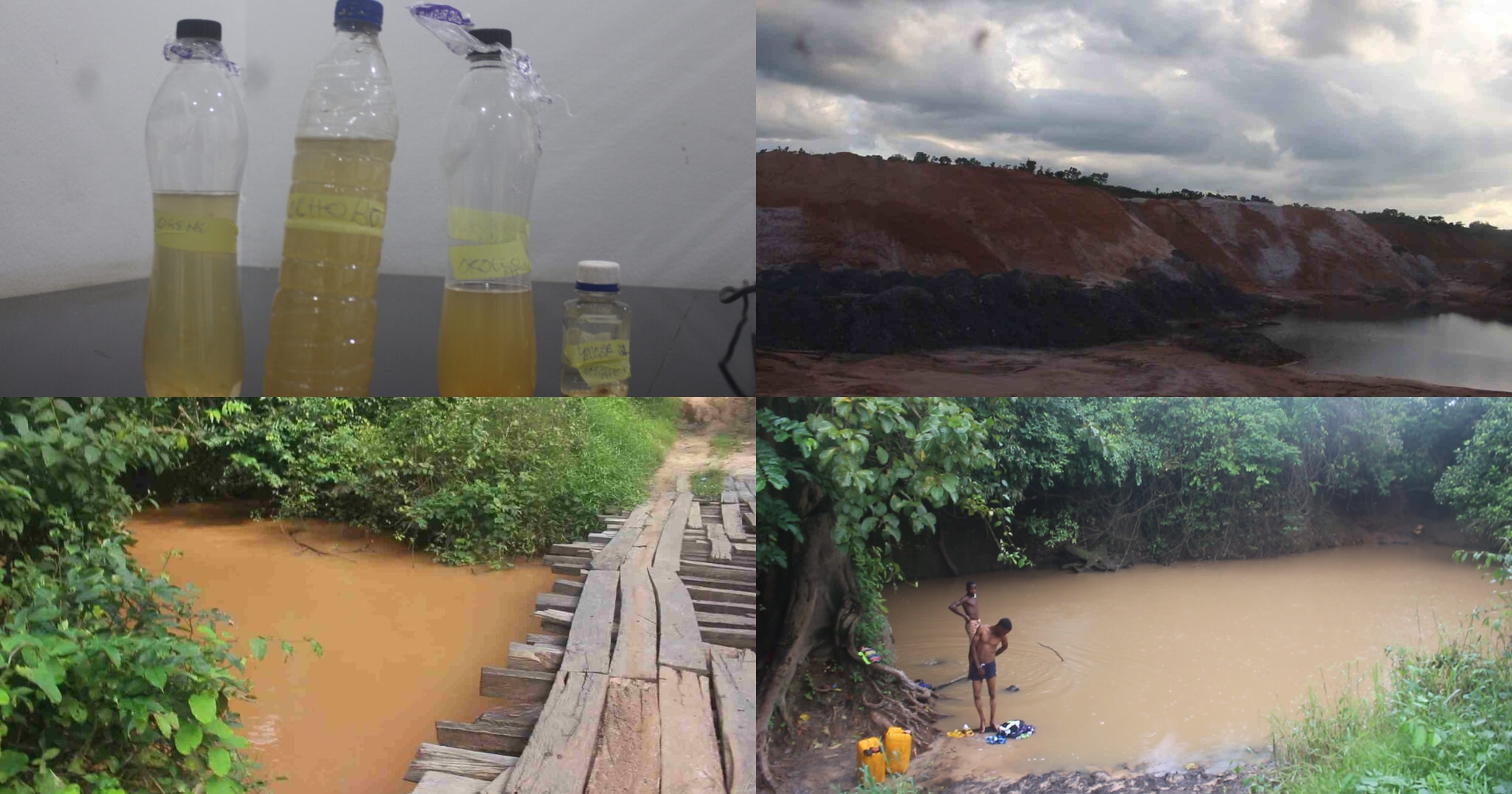By Maryam Rabiu
For months, I travelled across different mining sites, witnessing firsthand the grim reality of child labour in the industry. I saw children toiling under extreme conditions, risking their lives for meagre wages, trapped in a cycle of poverty and exploitation.
Many of these children, some as young as 13, spend long hours digging through rocks, carrying heavy loads, and working with toxic substances like mercury and lead. The air is thick with dust and chemicals that slowly eat away at their health, causing respiratory diseases and neurological damage.
Several children I spoke to had already suffered injuries from cave-ins and accidents, yet they had no choice but to continue working.
During an interview with children in the field, 13-year-old Lawali Yusufa from Korokwa mining field in Minna, told me that the reason why he is mining is to be able to make money. “I am working here because my parents cannot afford to sponsor me through school so, I want to make enough money so that I can start going to school just like my mates. I know that the mining field is very dangerous, especially for children like me, but I still want to continue working here because it is the only way I can make money”.
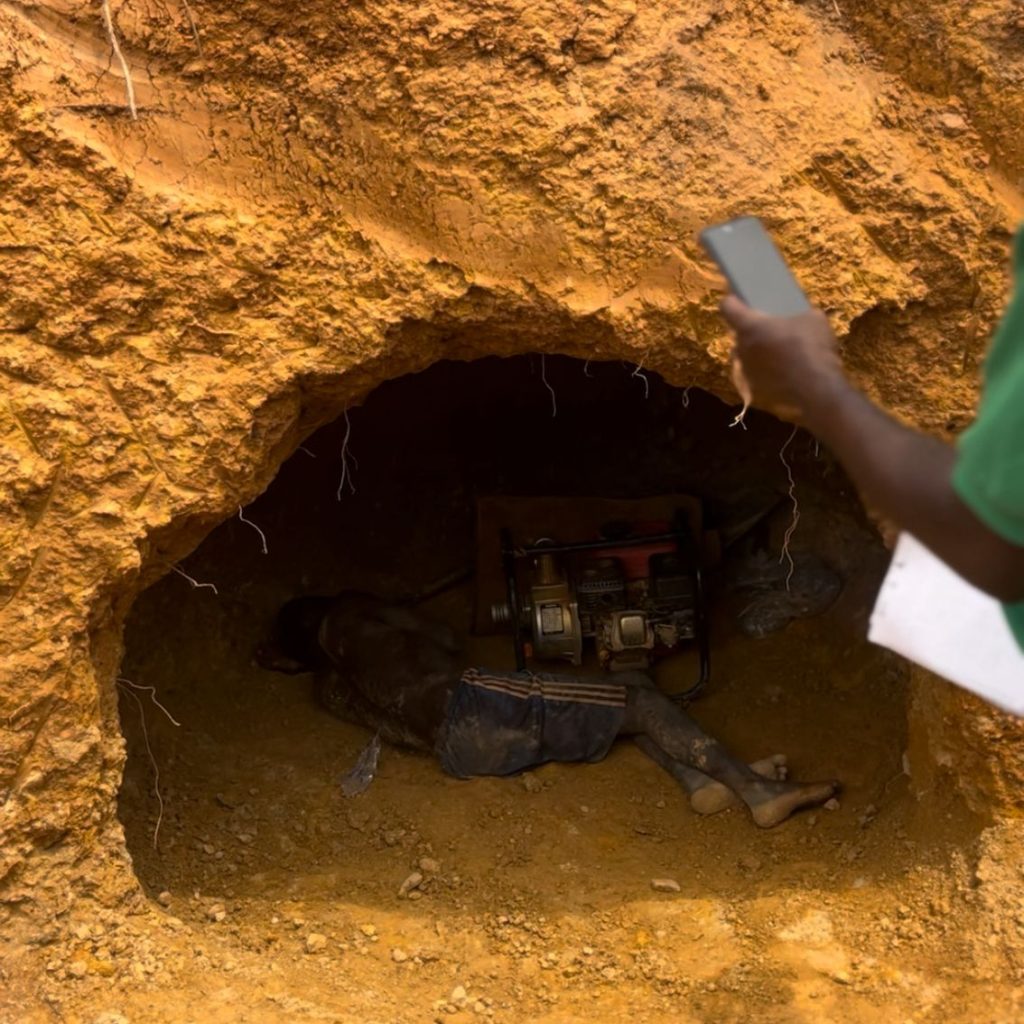
In Idoka mining field, Osun, 11-year-old Ibrahim said his dream is to become a miner when he grows up, and that is why he works there as an errand boy. “I work here as an errand boy because I want to learn how to mine for gold when I grow up. Even though I’m often chased out of the field, I still insist on returning because it is my dream”.
Instead of attending school, these children spend their days in the depths of mines. Without education, their futures remain bleak, with no escape from the cycle of poverty that forced them underground in the first place. Parents, often facing financial distress, see no alternative but to involve their children in labour, hoping to survive another day.
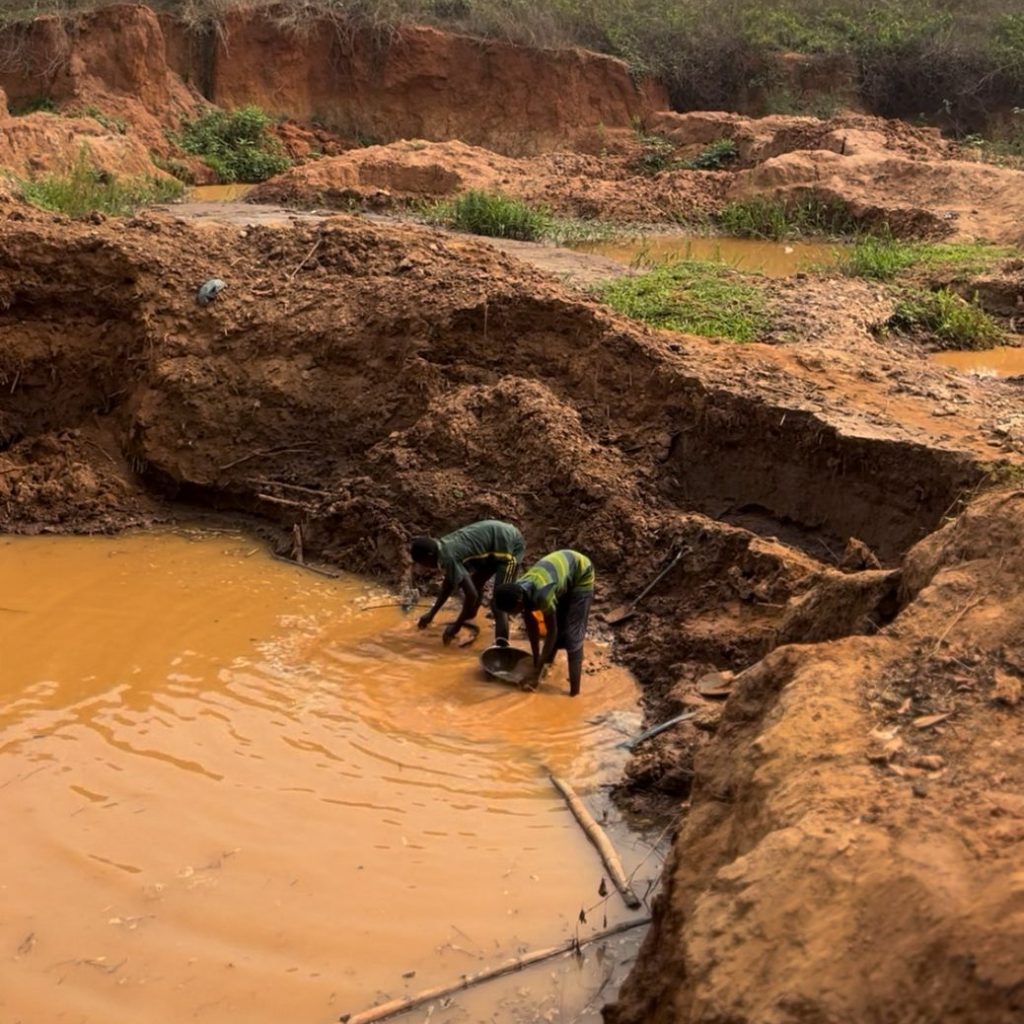
According to the International Labour Organisation (ILO), 54 million children worldwide engage in hazardous work, with the mining industry accounting for a significant portion. In some regions, children make up 30% of the mining workforce, performing gruelling tasks.
Experts argue that the key to ending child labour in mining lies in stronger enforcement of laws, investment in education, and providing alternative livelihoods.
Instead of attending school, these children spend their days in the depths of mines, unable to break free from the grip of poverty. UNICEF estimates that 72 million children in Africa remain out of school, many of whom are trapped in exploitative industries like mining.
Despite global campaigns against child labour, many mining operations continue to exploit young workers. Companies sourcing minerals must take greater responsibility to ensure ethical mining practices.
Pressure is mounting for stricter regulations, with organisations calling for transparency in supply chains to prevent child labour from being hidden behind industry profits.
Governments must implement and enforce strict child labour laws that prohibit children from working in hazardous industries like mining. Increased monitoring and penalties for companies violating these laws can deter exploitation.
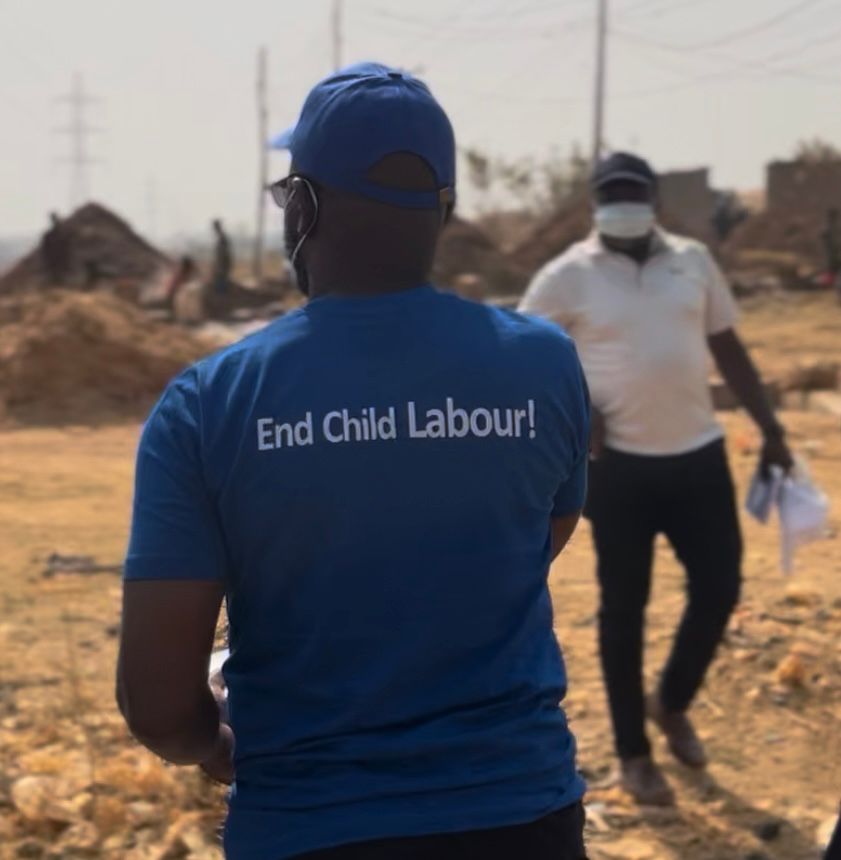
Many children work in mines due to poverty and a lack of educational opportunities. Governments and NGOs should invest in free schooling, vocational training, and financial support for families to reduce reliance on child labour.
Mining companies must ensure ethical sourcing by eliminating child labour from their supply chains. International pressure and certification programs can encourage responsible mining practices.
Educating communities about the dangers of child labour and providing economic alternatives can help shift societal norms.
Consumers can demand fair-trade and ethically sourced minerals, pressuring companies to adopt responsible practices. Supporting organisations that fight child labour can also make a difference.
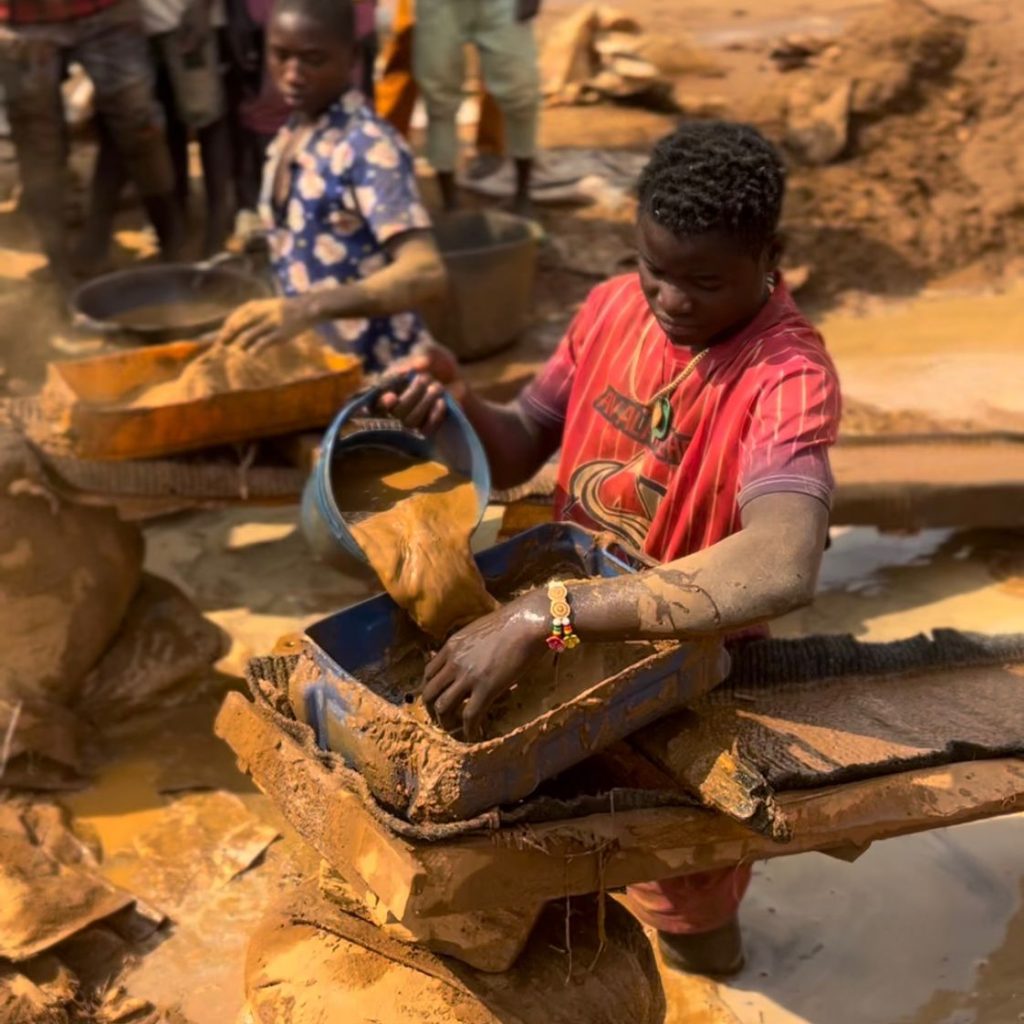
As the world marks World Day Against Child Labour, it is a reminder that urgent action is needed. Children should never be forced to work under such dangerous conditions. Governments, corporations, and individuals must come together to eliminate child labour, ensuring that no child is robbed of their right to safety, education, and a better future.
No child should have to trade their childhood for survival. It is our collective duty to ensure they hold books instead of pickaxes, breathe clean air instead of toxic fumes, and dream of a future beyond the mines.

